#{Title}
#{Copy}
In a world that is increasingly replacing personal communication with digital technologies, Building Information Technology (BIM) presents itself as an interesting paradox. Whilst BIM is only achievable through ever increasing computing power, it allows a collaborative approach that is necessary to deliver successfully a more determined means of communication across all project participants. This applies between client and architect through better understanding of the brief and developing design proposals, between architect and design team in preparing integrated and innovative building solutions, between design team and contractor for procurement and construction purposes and for many other activities throughout the life of a building.

National Children’s Hospital, Dublin, Republic of Ireland
The importance of collaboration underpins UK BIM Level 2 requirements which first appeared in 2011. Although it could not succeed without it, the mandate is not about software adoption but focusses on defining a process to support uniform, repeatable collaborative workflows with clearly defined deliverables. Whilst the benefits BIM can bring are already proven within BDP, the current industry position is that we are at a staging post, a point along the journey to a fully digitally enabled construction industry which will become a key part of the digital economy, informing and supporting many aspects of society.
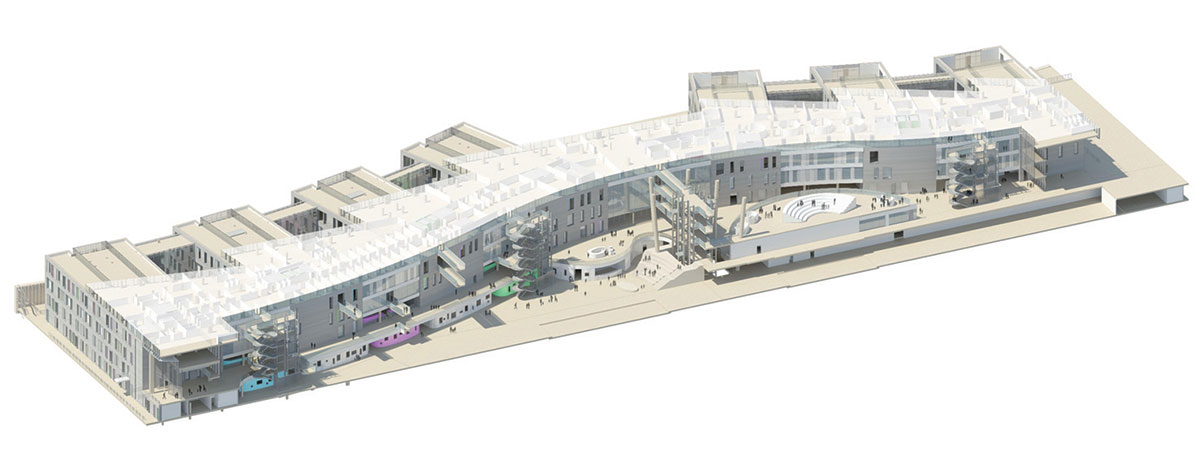
National Children’s Hospital, Dublin, Republic of Ireland
For many years, the UK construction industry has utilised an adversarial approach but BIM demands a different way of working which has collaboration and improved communication at its heart. Whilst the uses for building information models are potentially limitless, the adoption process is incremental but the benefits are real. These include design coordination between disciplines focussed on work stage deliverables, information produced with errors reduced, improved visualisation and costing, procurement and construction all centred on common goals.
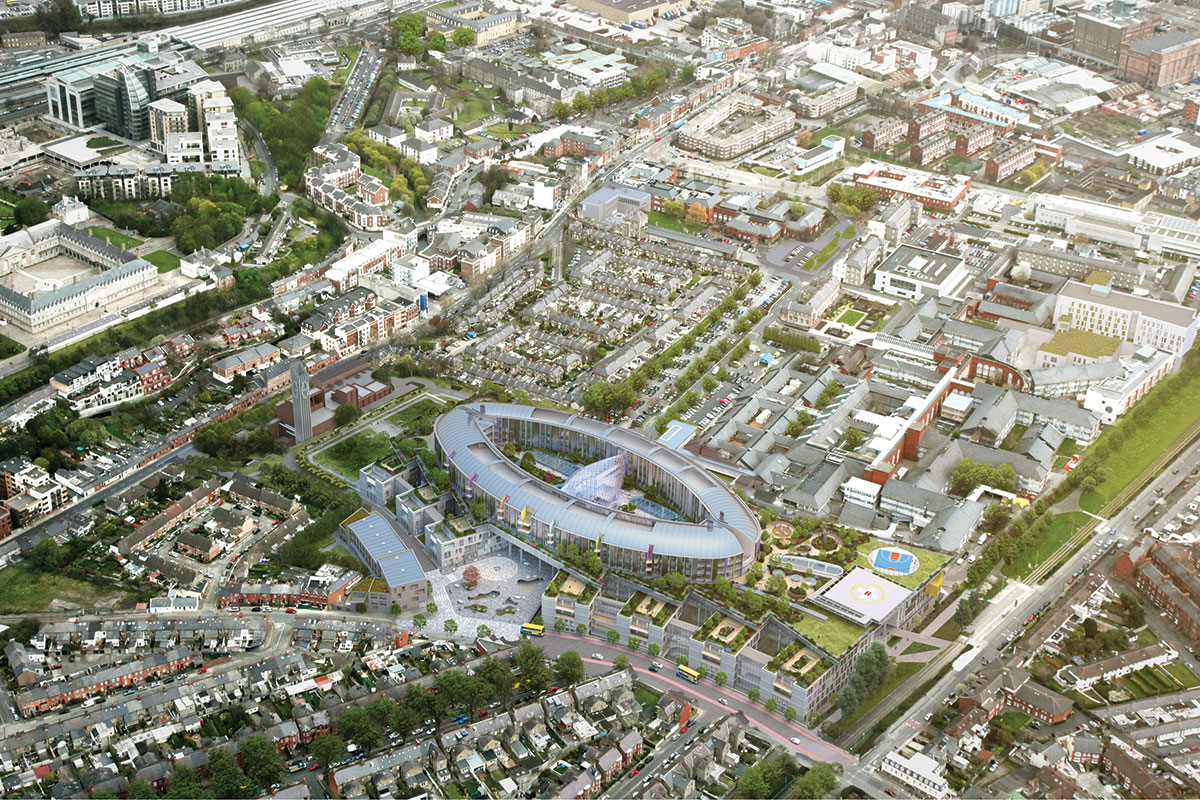
National Children’s Hospital, Dublin, Republic of Ireland
The value of these benefits for our clients has been demonstrated as projects utilise techniques such as virtual reality, offsite manufacturing or BIM enabled procurement. For example, being able to place a doctor, nurse or patient within a virtual treatment room allows far greater understanding of the design concept than traditional communication methods such as plan, section or elevation. BIM workflows allow this as an outcome of the modelling process. Likewise, driving off-site manufacturing through BIM data brings improvements in quality, site logistics and ultimately health and safety. Fabrication under factory conditions is increasingly achievable. So what does the future of AEC (Architecture, Engineering and Construction) look like?
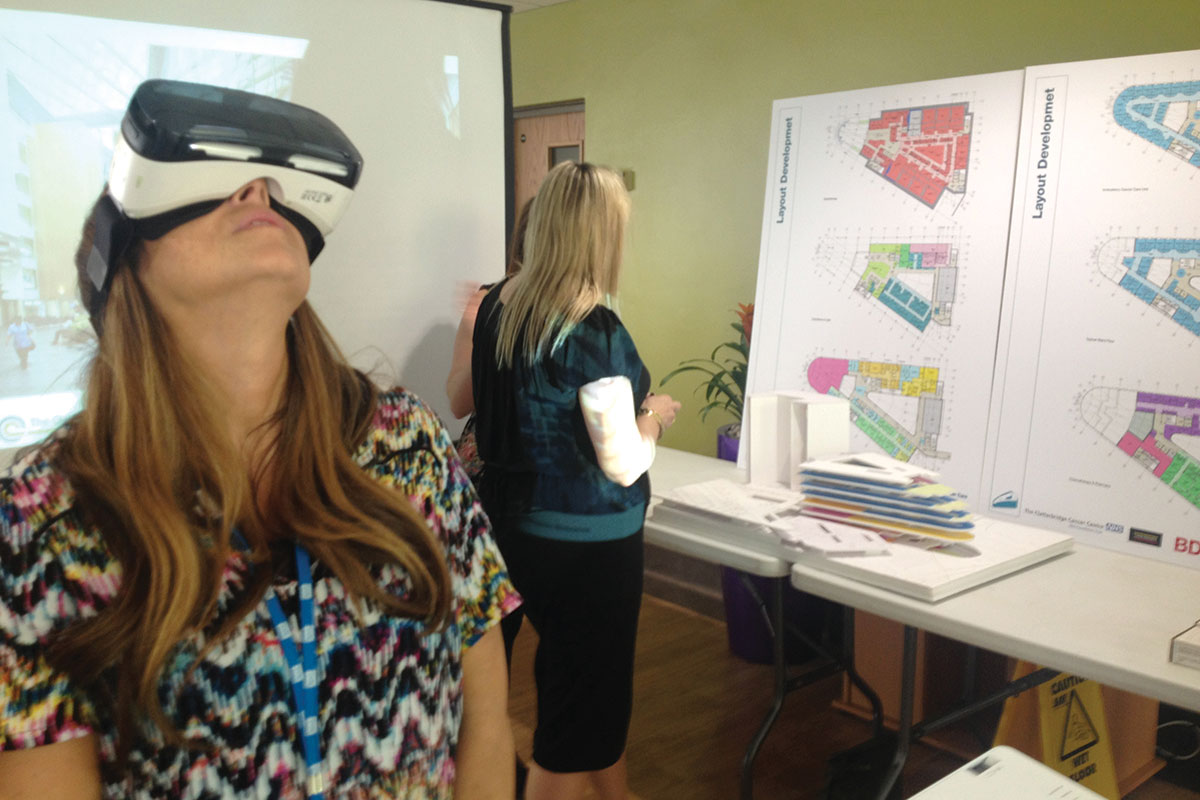
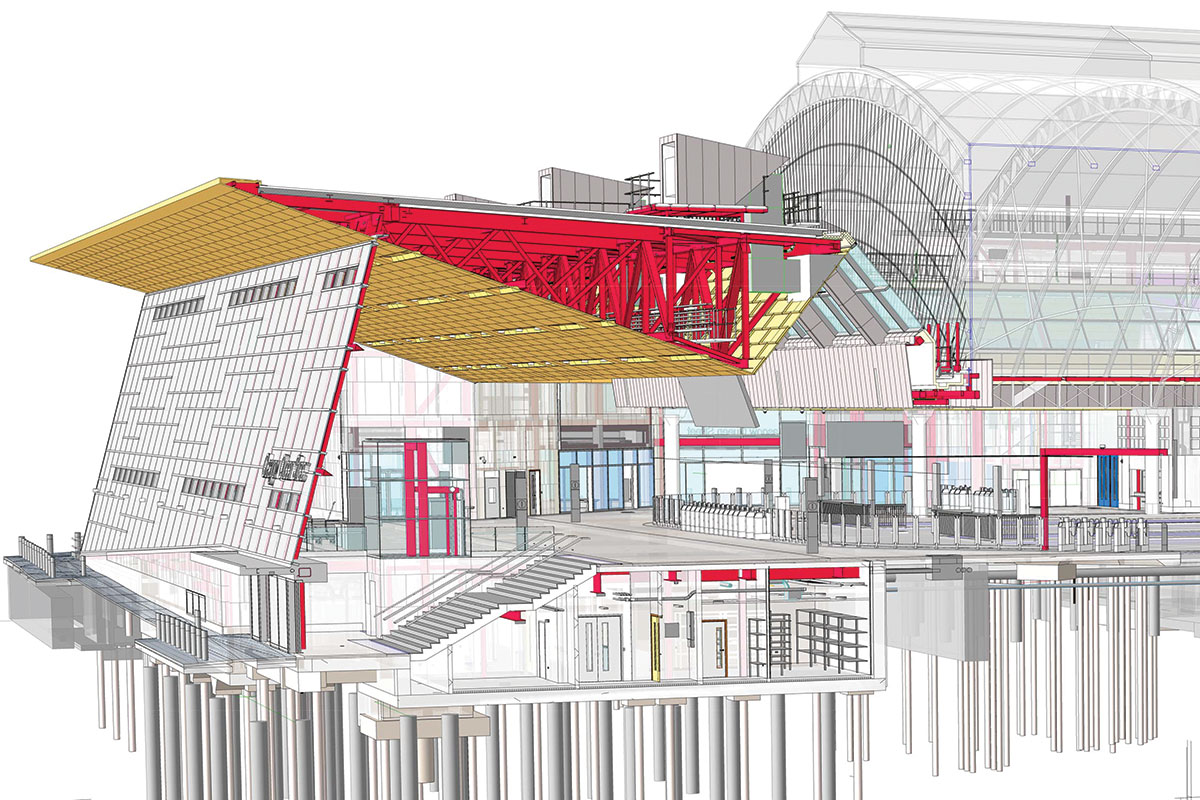
Queen Street Station, Glasgow, UK
Information, structured and organised data, is becoming the currency of our industry. This will only increase, demanding a different way of creating information that can be put to many uses. With this there will also be a requirement for a common data language and more rigorous means of authoring and verifying this information.
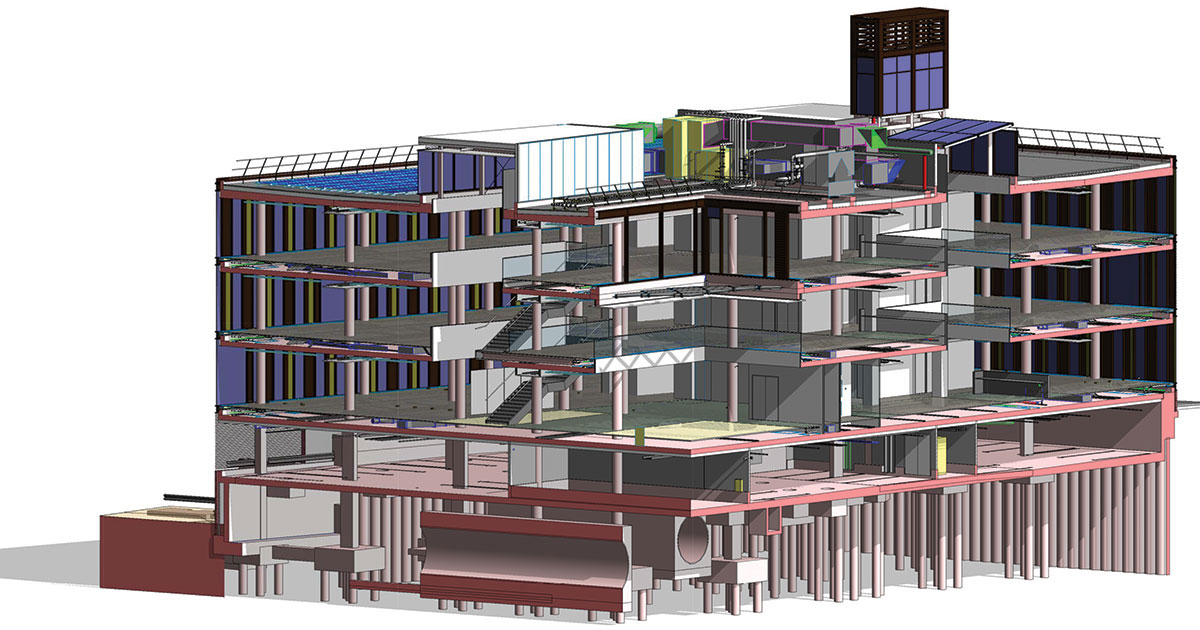
Northamptonshire County Council HQ, UK
Machine Learning is beginning to offer real potential, harnessing computer power to carry out repetitive design and analysis tasks that would not be economically achievable through traditional means. By analysing design parameters against large quantities of data, relationships can be identified and proposals assessed in ways that were not previously possible.
Collaboration between people and machines will increase to streamline and improve building outcomes. Construction robots are becoming a reality - leveraging data and, with ever increasing computer power, allowing dangerous or repetitive tasks to be completed uniformly without risk.
We are still at the beginning of a technological revolution which will change our industry beyond all recognition. This will not happen overnight but the journey is gaining momentum and starting to unlock the many benefits BIM offers.